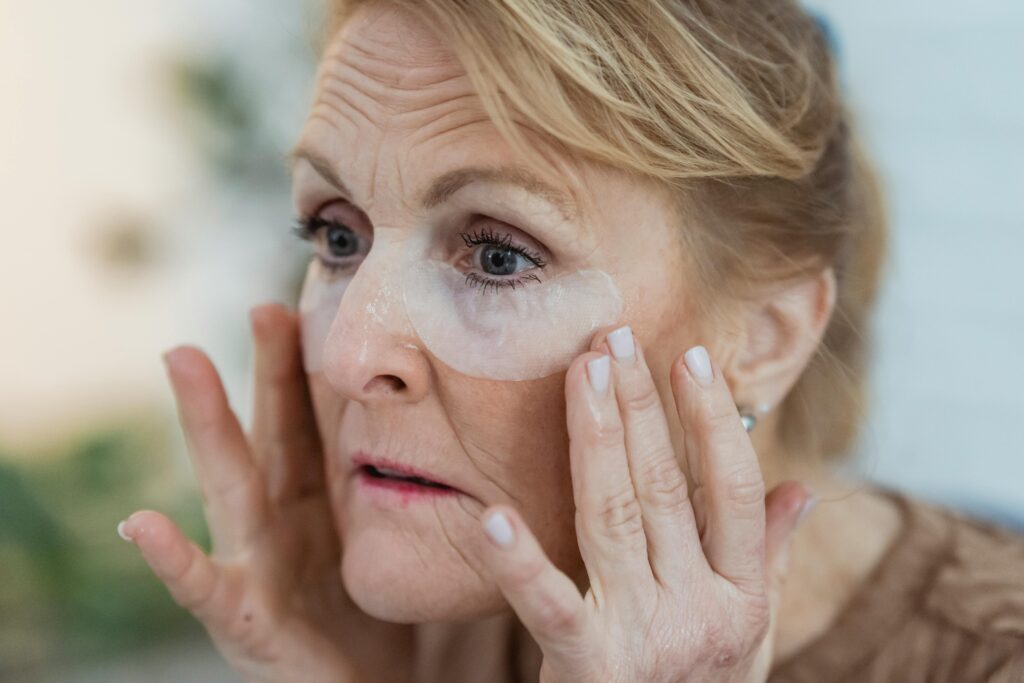
The Clock is Ticking—When Should You Really Start Anti-Aging?
Aging is inevitable, but when it comes to your skin, timing is everything. Imagine looking in the mirror at 40 and realizing your skin still glows like it did in your 20s. Sounds like a dream, right? The secret lies in knowing when to start using anti-aging products. Spoiler: It’s probably earlier than you think. In this guide, we’ll dive into the science of skin aging, debunk common myths, and reveal the best strategies to keep your skin youthful for decades. Whether you’re 25 or 45, it’s never too early—or too late—to start.
1. The Science of Skin Aging: Why Prevention is Key
Your skin doesn’t age overnight. Collagen production starts to decline in your mid-20s, and by your 30s, you lose about 1% of collagen each year. Add environmental factors like UV rays and pollution, and the aging process accelerates. The key to maintaining youthful skin? Prevention. Starting an anti-aging routine early can slow down these processes, keeping your skin firm, hydrated, and radiant. Think of it as a savings account for your skin—the earlier you invest, the bigger the payoff.
2. The Magic Number: When Experts Recommend Starting
So, when is the right time to start using anti-aging products? Dermatologists agree that your mid-20s is the sweet spot. At this age, your skin is still resilient, but early signs of aging—like fine lines and sunspots—can begin to appear. Incorporating products with antioxidants (like vitamin C) and SPF into your routine can work wonders. But don’t worry if you’re past your 20s; it’s never too late to start. The best time to begin is now.
3. Early Anti-Aging Routine: What to Use in Your 20s
If you’re in your 20s, your focus should be on prevention. Start with a gentle cleanser, a vitamin C serum, and a broad-spectrum SPF 30 sunscreen. These products protect your skin from free radicals and UV damage, the two biggest culprits of premature aging. You don’t need heavy creams or retinols yet—keep it simple and consistent. Remember, less is more when you’re starting out.
4. Leveling Up: Anti-Aging in Your 30s and Beyond
By your 30s, your skin’s needs change. Collagen loss becomes more noticeable, and fine lines may start to deepen. This is the time to introduce retinoids, hyaluronic acid, and peptides into your routine. These ingredients boost collagen, improve elasticity, and keep your skin hydrated. Don’t forget to exfoliate regularly to promote cell turnover. Your 30s are all about maintenance and repair, so invest in products that target your specific concerns.
5. Common Anti-Aging Myths Debunked
Myth #1: Anti-aging products are only for older people. Truth: Prevention is always better than correction.
Myth #2: Expensive products work better. Truth: It’s about the ingredients, not the price tag.
Myth #3: You don’t need sunscreen on cloudy days. Truth: UV rays penetrate clouds and cause damage year-round.
Don’t let these myths hold you back from starting your anti-aging journey. Knowledge is power, and the right routine can make all the difference.
Outro: Your Skin’s Future is in Your Hands
Aging is a natural process, but that doesn’t mean you can’t age gracefully. The best time to start using anti-aging products is now—whether you’re 25 or 45. By understanding your skin’s needs and taking proactive steps, you can preserve its youth and radiance for years to come. Remember, skincare is self-care. So, what are you waiting for? Start your anti-aging routine today and embrace the beauty of timeless skin.
